Opinion: Important restrictions on home births
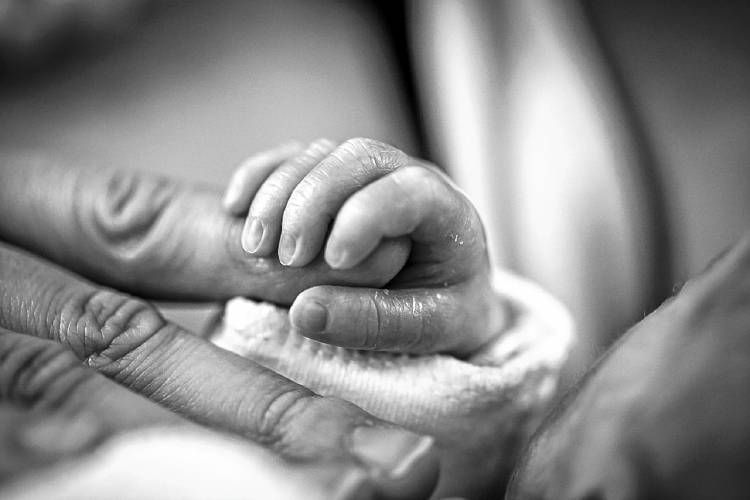
Pixabay Pixabay
| Published: 02-09-2024 6:30 AM |
Oge Young, MD, lives in Concord.
Last week, the House HHS committee held a public hearing for HB 1010, a bill that would lift restrictions on certified lay midwives attending births outside of a hospital. Presently, the NH Midwifery Council prohibits certified lay midwives from managing the labor and deliveries of high-risk pregnancies.
This bill would allow certified midwives to specifically care for a pregnant woman with a baby in a breech presentation (buttocks first), or a pregnancy with multiple gestations (twins) or a woman who has had more than one previous C-section.
It is important to understand that a lay midwife becomes certified with a high school diploma, the completion of one brief course in anatomy and physiology and having observed at least 25 vaginal deliveries by another lay midwife. This is not the certified nurse midwife who obtains a bachelor’s degree in nursing, followed by three years of midwifery training in a hospital with obstetricians and other nurse midwives. These nurse midwives usually choose to practice in hospitals with labor and delivery nurses and the backup of obstetricians.
After 40 years of working as an obstetrician, I cannot imagine a lay midwife wanting to take the responsibility of caring for women in these high-risk situations. A recent study by the Committee on Obstetrical Practice published in the American Journal of Obstetrics and Gynecology compared the outcomes for hospital births to the outcomes for planned home births. The paper included 13 million full-term births (37wks.).
The neonatal death rate in hospitals was 3.27 per 10,000 births. The neonatal death with planned home births was 13.66 per 10,000 — more than four times higher. The American College of Obstetrics and Gynecology (ACOG) concluded that to reduce the perinatal mortality at home births, strict criteria are necessary to guide the selection of appropriate candidates for planned home births. It listed three absolute contraindications for home births: “fetal malpresentation (breech), multiple gestations (twins) and a history of a previous cesarean section.”
I was trained when breech babies were delivered vaginally. Because of the smaller buttocks, the baby’s head would sometimes get stuck in the woman’s pelvis, occasionally at the cost of the life of the newborn. Most obstetricians have performed emergency C-sections for a second twin when the baby comes down (unpredictably) with a hand or shoulder, making it impossible to deliver this second twin vaginally. Finally, some of us have performed emergency surgery when a previous C-section scar ruptures during labor, finding the baby floating in the abdomen. If we are lucky we are able to save the mom and even the baby, but only if we are in the hospital.
Most couples focus on the labor and delivery experience before having their baby. Once new parents have a child, we realize a healthy baby and a healthy mom are far more important than the birth experience. Hospitals have responded by creating a more home-like environment on their labor and delivery floors. Remarkably, it is common for laboring women at home (20-25%) to be transported to a hospital, most often because of abnormal progress of their labor.
Article continues after...
Yesterday's Most Read Articles
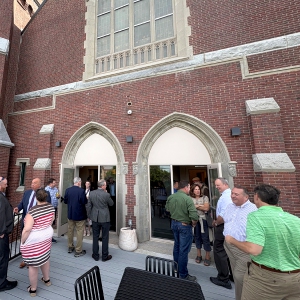 New Concord apartments open in former First Congregational Church
New Concord apartments open in former First Congregational Church
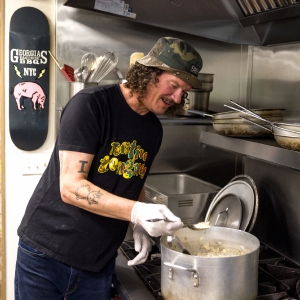 Georgia’s Northside in Concord transitions into catering and cooking classes
Georgia’s Northside in Concord transitions into catering and cooking classes
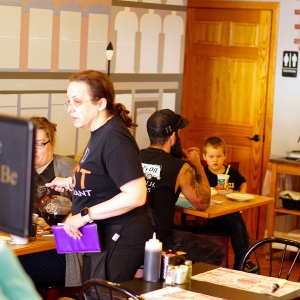 ‘Bittersweet’: The Post on Main Street closes Friday
‘Bittersweet’: The Post on Main Street closes Friday
 Inside EFAs: How school vouchers have fueled an enrollment boom at Christian schools across New Hampshire
Inside EFAs: How school vouchers have fueled an enrollment boom at Christian schools across New Hampshire
 Messy parking around Concord’s bus terminal won’t get less messy any time soon
Messy parking around Concord’s bus terminal won’t get less messy any time soon
 Stefany Shaheen, daughter of New Hampshire senator, launches House bid
Stefany Shaheen, daughter of New Hampshire senator, launches House bid
It seems odd that certified lay midwives are asking NH legislators to create a statute that would lift the restrictions imposed by their own Midwifery Council. Data has shown these restrictions are wise, protecting the baby and the mom during childbirth. Please urge our legislators to oppose HB 1010, so that we may have fewer birth tragedies.







 Opinion: How dark can it get?
Opinion: How dark can it get?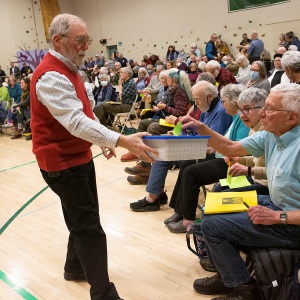 Opinion: Unfair taxes, unfair schools: The New Hampshire way
Opinion: Unfair taxes, unfair schools: The New Hampshire way Opinion: In the fight to stop sexual violence, can polio hold the solutions?
Opinion: In the fight to stop sexual violence, can polio hold the solutions? Opinion: Where are the permanent solutions for a more stable budget?
Opinion: Where are the permanent solutions for a more stable budget?
